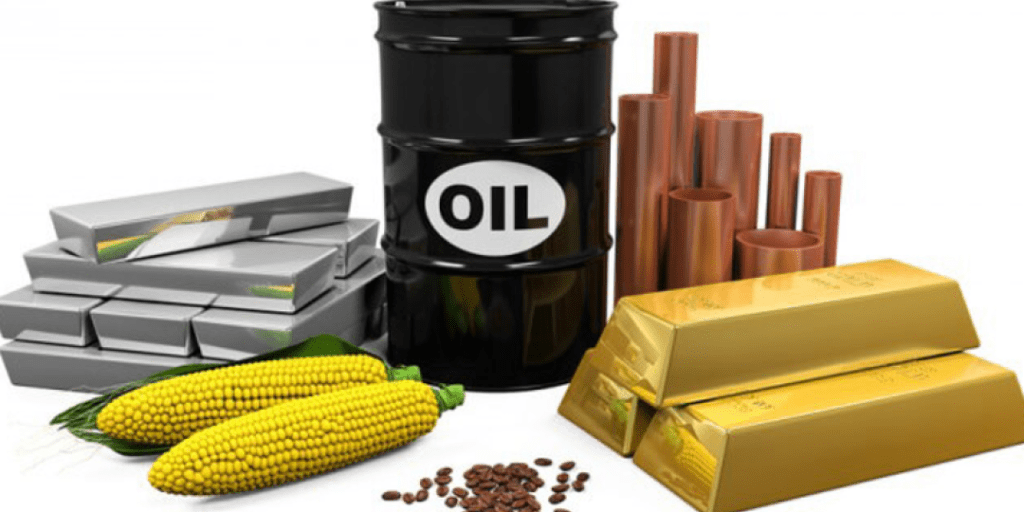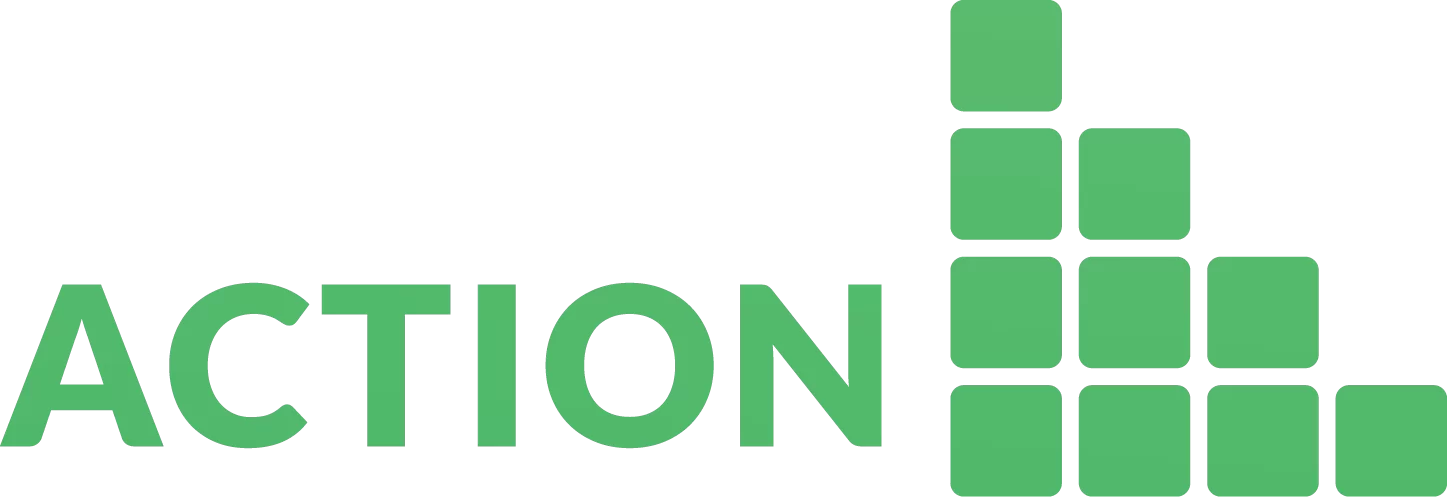Commodities are basic goods that can be used to make other things. They are the recyclables of the economy. Gold and silver are examples of hard commodities. On the other hand, crops and animals are examples of soft commodities.
Since commodities are the backbone of an economy, price changes can have a big effect on the prices of other goods in it. This is true whether oil prices go up, making gas more expensive, or crop prices go down, making basic foods cheaper.
For traders and investors, commodities also play an important role. Commodities are bought, sold, and invested as a way to diversify holdings and store value during times when the market is especially volatile or when there are short bear dips. For example, gold could be seen as a way to protect against inflation or as a way to save money in times of economic trouble.
Those who trade commodities buy, sell, and trade goods with each other. Most traders wouldn’t take part in these markets because they require a significant amount of money and knowledge. But in recent times, there are many easy ways to understand the good market.
History of Commodity Trading
Dealing with commodities is a very old job that goes back to when people bought and sold bonds and stocks. Primitive civilizations traded a wide range of goods, from seashells to spices. Trading goods was a very important business. Empires may have about the same amount of power as their ability to set up and run complex trading systems and make it easy for goods to be traded, making them the engines of trade, economic growth, and taxation for any country’s treasury.
Even though most of the leaders were people who actually made or used the goods in some way, there were probably traders who wanted to bet an old currency or more on items like the coming wheat harvest, giving an example.

Types of Commodities
In general, commodities can be put into two groups: soft and hard.
- Hard commodities are things that have to be found or taken out of the ground. Gas, oil, gold, silver, and rubber are some of these. There are two more ways to divide hard commodities:
- Metals, like gold, silver, or copper,
- Energy, like oil or gas.
- Soft commodities are things that are grown, like animals, crops, or food. Soft commodities can also be split into two more refined groups:
- Live animals, like live cattle or lean hogs,
- Farming, for example, cacao, coffee, and soya beans.
How to trade commodities: commodity trading basics
There are many ways to trade commodities, such as:
- Purchasing the tangible asset: The most obvious way for traders to buy commodities is to buy the asset itself. like someone who buys gold bullion. But they will have to hold on to assets until they are ready for sale. Even more complicated is the fact that some things simply can’t be split up. For example, you can only buy or sell a set number of rare metals.
- Investing in an exchange-traded fund (ETF): People often get into the commodities market by buying ETFs that are supported by commodities. ETFs are actually funds that are traded on an exchange. With commodity ETFs, you can buy physical commodities, which implies that the ETF gives you the right to that specific commodity. In contrast, there are ETFs that try to track the demand for goods by buying stocks in companies that make goods, such as mining or farming stocks. This type of ETF may have a more volatile price than the real commodity it tracks.
- Trading a futures contract: Trading a futures position is a simple way to trade commodities. A futures contract on a commodity is a deal to buy or sell a certain amount of an investment at a certain price and on a certain date in the future. When the trader’s buy or sell order is in line with the market price, they will make money. Futures trading is a type of derivative, which means that they need anything that comes from the real asset but isn’t owned by the person who bought the trade.
- Trading a contract for difference (CFD): People can get exposure to these markets by trading for difference (CFDs) on goods. An agreement for the difference is a deal to pay the difference in the price of the underlying asset between when the contract is opened and when it is closed. CFDs are derivatives that are traded on margin. This means that you only have to put up a portion of the money you need for the trade, and your broker lends you the rest. With a smaller initial amount, leveraged trading lets you get into more markets. When you trade goods through CFDs, you get a lot of benefits, such as not having to pay stamp duty and being able to trade in larger amounts.
Be watchful in the commodity markets, do your research, and approach these risky instruments with care and apprehension. You could make a lot of money by buying and selling goods, but you could also lose a significant amount of money. Since all commodity futures trading is leveraged and requires using margin, you need to do a great deal of research and learn about the rules and results of buying and selling futures with margin. You need to know exactly how much money you can lose because of the situation. It’s also a good idea to learn how to avoid losing money when buying and selling and to spend a lot of time practicing and getting better at it before putting anything at risk.


I mean this is good but how how I open account on your compani and terms and Congratulations of your broker. I last I want to know are you provide trading signals.
Mr Hossain,
Kindly knock on our customer support. They will guide you in exactly whatever you want to know about us.